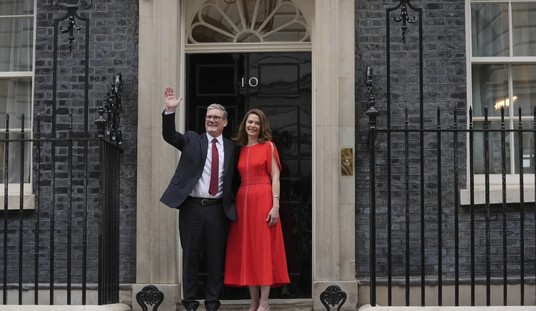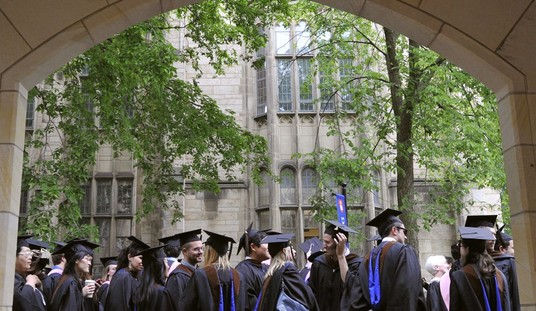The job market soured significantly in March, following weeks of economic indicators showing a slowing economy. While analysts expected to see job growth in the 245,000 range, the BLS report shows it came to only about half of that — 126,000 jobs added in March. The U-3 unemployment remained steady at 5.5%:
Total nonfarm payroll employment increased by 126,000 in March, and the unemployment rate was unchanged at 5.5 percent, the U.S. Bureau of Labor Statistics reported today. Employment continued to trend up in professional and business services, health care, and retail trade, while mining lost jobs.
In March, the unemployment rate held at 5.5 percent, and the number of unemployed persons was little changed at 8.6 million. Over the year, the unemployment rate and the number of unemployed persons were down by 1.1 percentage points and 1.8 million, respectively.
Yesterday’s ADP numbers gave a hint of decline, but nothing to this extent. This drops job creation below the 150K level needed to keep up with population growth, the first time in quite a while that we have seen this level. At the same time, BLS made major downward revisions in job growth estimates for the past two months. January’s 239K dropped to 201K, and February went down from 295K to 264K. That’s a combined downward revision of 69,000 jobs.
The civilian workforce participation rate dipped slightly in March as well. On the other hand, there is an indication that new entrants to the job market are coming in with jobs in hand:
The civilian labor force participation rate was little changed at 62.7 percent in March. Since April 2014, the participation rate has remained within a narrow range of 62.7 percent to 62.9 percent. In March, the employment-population ratio was 59.3
percent for the third consecutive month. …Among the unemployed, the number of new entrants decreased by 157,000 in March and is down by 342,000 over the year. Unemployed new entrants are those who never previously worked.
The workforce participation rate is still the worst it’s been in 36 years. The U-3 unemployment rate remained steady at 5.5%, while U-6 actually went down a bit to 10.9%. The number of people not in the workforce went up by 277,000 people, however, twice as many as got jobs in March. Those out of the work force who want a job dropped a bit to 6.369 million, about 10,000 more than January but down almost 170K from February.
CNN reminds us of when the added jobs figure was this low — December 2013. They also wonder whether this is the start of a slowdown:
The U.S. only added 126,000 jobs in March, the lowest since December 2013 and well below the CNNMoney economist survey forecast of 244,000.
The unemployment rate remained the same at 5.5%.
Wage growth stayed sluggish. Average hourly earnings went up only 2.1% over last year. The goal is to see 3.5% or better wage growth. To put that another way, Americans made $24.34 an hour a year ago. That only bumped up to $24.86 an hour now.
Lackluster wage growth is a major reason why many Americans still aren’t feeling the economic recovery — and why they aren’t spending much lately.
Reuters notes the big miss, and dispenses with the “brutal winter” theorem too:
Economists polled by Reuters had forecast payrolls increasing 245,000 last month. The small job gains could fan fears that the recent weakness in economic activity could be more fundamental rather than the result of transitory factors.
There was no sign that the weather had impacted the payrolls gain, though construction employment fell.
The labor market had largely shrugged off a harsh winter, a buoyant dollar, weaker global demand and a now-resolved labor dispute at West Coast ports, which have combined to undermine economic activity in the first quarter.
Growth braked sharply over the past three months. Gross domestic product estimates are as low as a 0.6 percent annual pace for the first quarter, but the slowdown is expected to be temporary.
All slowdowns are temporary. The question isn’t whether it’s permanent or not, but how long and how deep it will go. Even that misses the point here, though. We expect slowdowns in any overall-healthy economy. The problem for the US is that we are almost six years into a so-called recovery, and we still haven’t seen sustained growth, especially not the robust kind of growth one would expect after a serious recession like 2007-2009. The problem has been economic and regulatory policies that hamper growth and discourage investment outside of politically-connected firms. Until we solve that problem, our six-year stagnation will be anything but temporary.








Join the conversation as a VIP Member